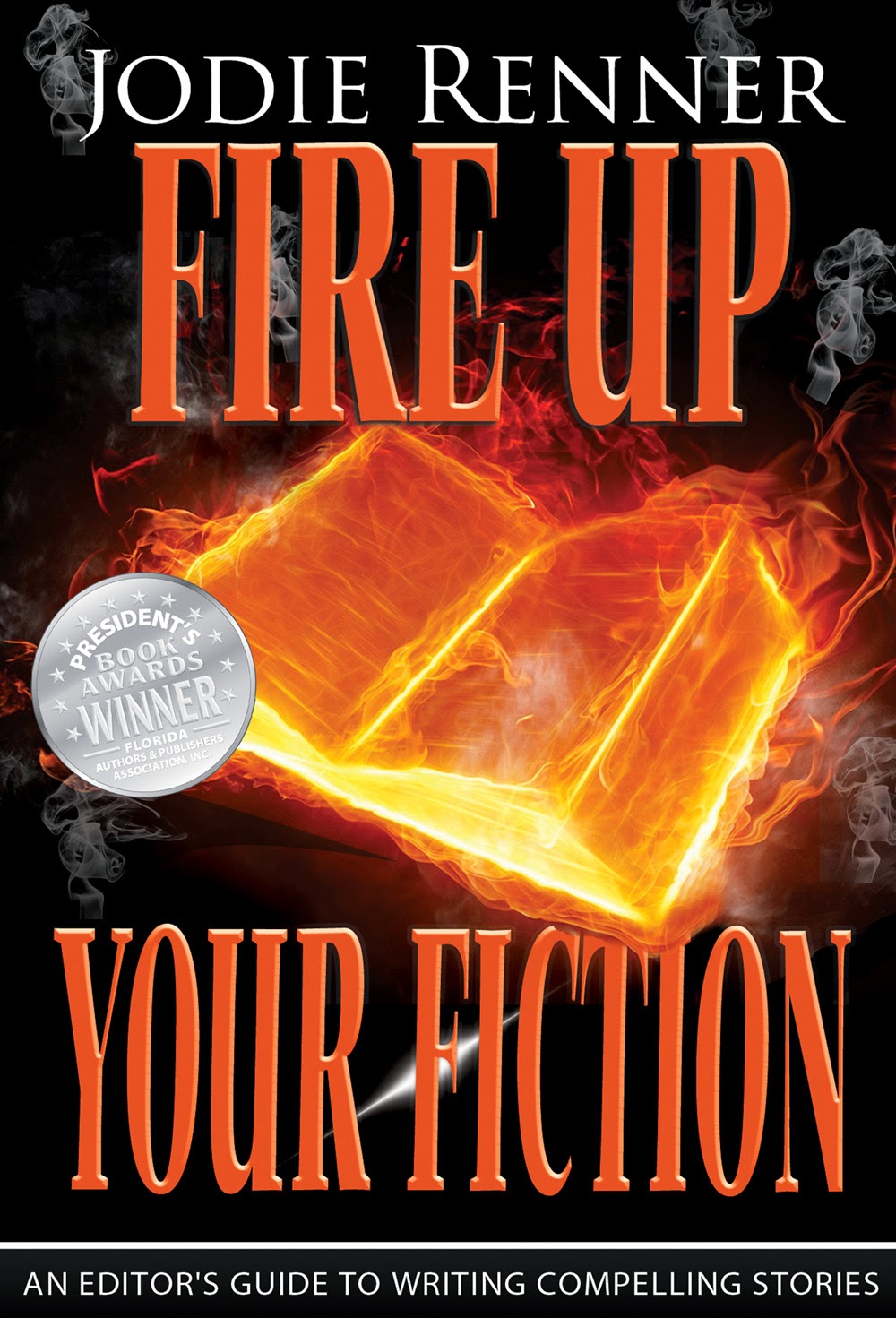To bring your characters and story alive on the page and engage readers, immersing them in your fictive world, be sure your narration of any given scene is colored by the mood, attitudes, and personality of the viewpoint character for that scene, who is directly experiencing his/her environment, and is expressed in their words, rather than stepping in as the author to explain or describe things to the readers in neutral language.
I'm discussing this topic over at The Kill Zone blog today. Here's the beginning and a link to the rest. To enter the draw for a free e-copy of one of my books, please leave a comment under the post on The Kill Zone and mention which book you'd prefer. Thanks!
Developing a Strong Third-Person Voice
There’ve been some great articles here on The Kill Zone and elsewhere about “voice” in fiction and how to develop an authentic, compelling voice that readers will love. To me, the key is in recognizing that voice in fiction is – or should be – inseparable from the words, thoughts, attitudes, and reactions of your main character. For example, some strong, unique voices that sweep us immediately into the character’s world and the fictive dream, are Huck’s in Huckleberry Finn, Holden Caulfield’s in Catcher in the Rye, Stephanie Plum’s in Janet Evanovich’s series, Scout’s in To Kill a Mockingbird, and Katniss’s in The Hunger Games.
These novels are all written in the first person, so of course it’s a lot easier for the author to immerse us in the character’s attitudes and world-view – especially with such great characters! But I think we can create and maintain an equally strong, appealing voice in third-person, too, if we take a tip from first-person POV and keep all of the narration for each scene firmly in the viewpoint of the main character for that scene...
For the rest of this article, please click HERE.


Jodie Renner has published two books to
date in her series, An
Editor’s Guide to Writing Compelling Fiction: Writing a Killer Thriller
and Fire up Your
Fiction (Style That Sizzles & Pacing for
Power), which has
won two book awards so far. Look for the third book in the series, out soon.
For more info, please visit Jodie’s author website or
editor website,
her other blogs, The Kill Zone and Resources for Writers,
or find her on Facebook,
Twitter,
and Google+.
And sign up for her newsletter.
.
Thanks for sharing all the great writing tips you've learned. I know you spend a lot of time studying the craft and attending workshops, so your knowledge is hard-earned and valuable.
ReplyDeleteThanks, LJ! That means a lot coming from you! I also learn from editing novels by talented writers! Speaking of which, I'm busy working on your latest right now - good stuff! It's really heating up now! Can't wait to find out what happens! :)
ReplyDeleteA good article, Jodie. Ursula LeGuin, in her Steering the Craft, has a number of POV exercises. We writers have to remember we're also actors - donning the persona of the character. If someone wants to preach, write sermons.
ReplyDeleteYou touch on a valuable point: which viewpoint should be used? That decision stems in part from the character's persona, and story, and in part from the strengths or weaknesses we have as writers. The "I" can be a poor mask.
It was a good example. Thanks.
Thanks for the tip about the Ursula LeGuin book, Steering the Craft, David. I'll have to check it out!
DeleteWelcome back! I'm glad to hear your daughter's wedding went well!